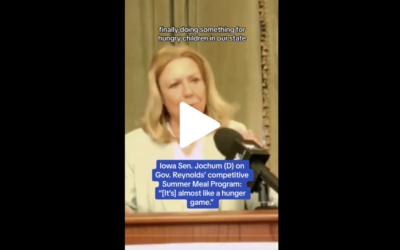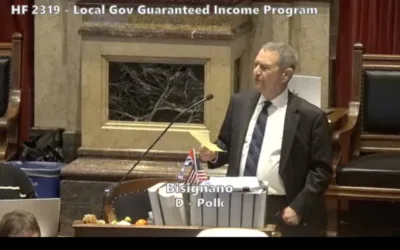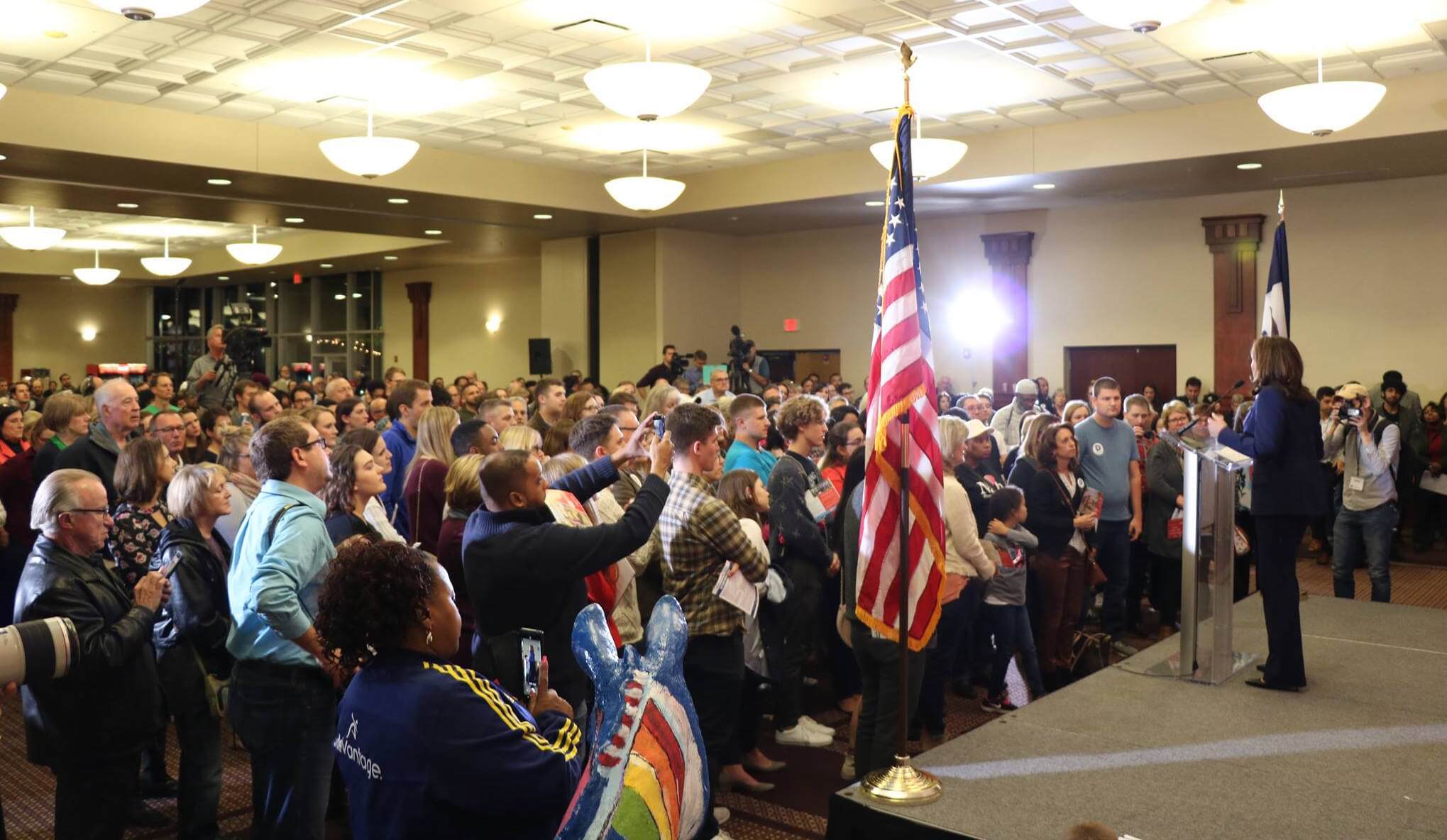
Sean Bagniewski was elected as one of the youngest chairs in the history of the Polk County Democratic Party in March of 2017. As his first term comes to a close, he authored this series of four articles for Iowa Starting Line on what has worked well in Iowa’s largest county party, home to almost one third of the state’s Democrats and a prime battleground for the Iowa Caucuses.
In this second of four installments, he discusses the strategies for organizing the booming numbers of Democratic volunteers during the lead-up to the 2018 midterms. He also focuses on how party organizations can balance and benefit from the constant stream of 2020 candidates.
VOLUNTEERS, VOLUNTEERS, AND VOLUNTEERS
Polk County is lucky. Because we are home to the Capitol, an airport, media outlets, and donors, we have a lot of the advantages that many of the other 98 county parties don’t readily have. Even with these advantages, we still have to be frugal: our annual budget is about $150,000, the equivalent of a single major contribution to the state party from a prominent national figure.
The vast majority of our budget goes to cover the basics: an executive director, an office, and printing costs. The executive director position was vacant from June until the election in 2018, so everything we did after the primaries was completely run by volunteers. Almost everything we do is free of charge.
Many campaigns or parties turn away potential volunteers if they don’t make phone calls or knock on doors, but we pride ourselves on trying to integrate everyone who comes our way. We have seven volunteer graphic designers, volunteer certified public accountants, volunteer photographers, volunteer videographers, volunteer social media gurus, volunteer florists, volunteer drone camera operators, and even volunteer flag riggers. If there’s a need, we can almost certainly find a volunteer for it.
With so many talented people wanting to get involved with politics for the first time, it’s important for modern parties to look past the traditional volunteer roles of just door-knockers or phone-bankers. That’s not to say we don’t knock doors. On the contrary: we hosted nine weekends of countywide canvasses for statehouse candidates last year. We still made tens of thousands of calls.
Mary McAdams is a volunteer who offered to lead 2018 operations for the Ankeny Democrats. She has a genius for volunteer recruitment and engagement. Some politicos scoff at postcard writing, but we sent thousands of them this year. Mary’s postcard strategy motivated not only the recipients, but also the volunteers. During volunteer shifts, she placed postcard writers together at a table with a few phone-bankers making calls. After letting the writers listen to the phone-bankers for a couple weeks, she’d ask the writers to do some calls. After all, they were just saying out loud what they’d already been writing.
After a few weeks of these calls, she’d ask them to try knocking some doors. After all, they would just be doing in person what they’d already said over the phone. She turned first-time postcard writers into door-knocking machines and brought in dozens of new volunteers who helped Heather Matson win her seat. She helped get really close to winning two others. And this was all in once solidly-Republican Ankeny.
This is the definition of political organizing: doing the basics brilliantly. Political organizing is not just doing cattle calls for volunteers to come in and take some clipboards to run up some numbers for someone to analyze some place somewhere. Political organizing is empowered volunteers coaching, leading, and welcoming other volunteers. Mary was a volunteer and her team was almost all volunteers. Mary is an exceptional leader, and I wish we could clone her, but what she’s doing is not rocket science. It’s basic volunteer management done amazingly well. It can be replicated anywhere else.
IF YOU TRAIN THEM, THEY WILL COME
The lifeblood of an organization run by volunteers depends on two things above all else: training and communication. To prepare for the 2018 caucuses, we hosted eight trainings for the volunteers who would be leading the precinct caucuses. More than 240 people completed the training. They were open to any Democrat, whether they wanted to lead a precinct caucus or just attend one. Some of our volunteers shot, produced, and released training videos on how to caucus, and then on how to participate in a county convention, for those who couldn’t attend the in-person trainings.
Were you one of the many new members of the Polk County Central Committee? There was a training for that, too. We spent four weekends training our Community Groups on how to administer social media, fundraise, form a state political action committee, and form a federal political action committee. If you have questions about it, we can find an expert and train on it.
Communication is just as important. Our website and social media are vital parts of our operations. Volunteers revamped our website and brought us into the digital age with Twitter, Instagram, and Snapchat accounts. Despite its somewhat tarnished reputation, Facebook has helped us grow, especially through events. Facebook events, where dozens, hundreds, or thousands of interested folks can invite their friends, are largely responsible for our record crowds at events with national guests and at our monthly meetings. When someone sees that many of their friends are going to an event, they come too. Our Central Committee meetings – previously dour affairs of 30 or so – now average about 125 engaged people per month. We’ve expanded so fast that we had to find a larger location.
Our weekly email is another important tool in the arsenal. It comes out every Monday morning at exactly 8:00. It’s never a day or even an hour late. It contains all of the activities for the Polk County Democrats and all of the Community Groups. It also summarizes positive things that have happened in Polk County over the past week and provides regular updates on our goals for our annual plan of action.
Our Vice Chair, Ashly Banta, writes a volunteer spotlight column to recognize some of the people who make our work possible. At the end of the year, we share a list of the year’s accomplishments and recognize the hundreds of people who help make the Polk County Democrats run effectively.
It all requires a great deal of work – often on Sunday nights – to keep the calendar organized and to keep the messaging on point. But it’s invaluable to have a communication method that’s viewed by more than 5,000 people. We’re surprisingly candid about our activities and our plans for the future. Some say we give out too much information, and they may be right since we know that our opponents read the weekly email. We’ve concluded, though, that we gain far more by having thousands of Democrats on the same page than we lose in having some bored Republicans read over our shoulders.
SHARING THE WEALTH
One 2020 candidate told me that Iowa was the door to the Oval Office, and that Polk County was the even narrower part of that door. Part of that is flattery, to be sure, but part of it is true. We have a lot more Democrats than most Iowa counties. We have an airport. The statehouse activity all happens here. We get a lot of media coverage.
Since our county leadership team was elected in early 2017, we’ve hosted Senator Amy Klobuchar, Congressman Tim Ryan, Congresswoman Grace Meng, Congresswoman Cheri Bustos, Congressman Seth Moulton, Mayor Bill de Blasio, Speaker Nancy Pelosi, Congressman Eric Swalwell, Mayor Eric Garcetti, Governor Steve Bullock, Jason Kander, Cecile Richards, Alyssa Mastromonaco, Congressman John Delaney, Congresswoman Pramila Jayapal, Senator Jeff Merkley, Senator Kamala Harris, and Senator Kirsten Gillibrand. There is probably no other county party in the country that is lucky enough to have had that many national leaders visit them. We know they’re not just here for the sweet corn.
Early on, we realized that all this national attention could be both a blessing and a curse. Our situation in Iowa bears some similarities to countries with a large amount of a valuable natural resource like oil or natural gas. Why do countries with billions of dollars in oil reserves often have hundreds of thousands of people living in extreme poverty? In a nutshell, it’s because a small group of people can take that single resource and use it to benefit themselves at the expense of the rest of their economy.
In Iowa politics, that resource has been access to and attention from the presidential campaigns. There’s a whole array of chairs, party leaders, staffers, and consultants who have guarded access to the presidential candidates and their campaigns for decades. This is all often at the expense of building lasting party framework in the off-years.
Democrats in Iowa spend an inordinate amount of time on the high-profile presidential contest while we often undervalue and underfund our statehouse, county, city council, and school board races. All of these warnings about the allure of the presidential campaign attention apply to me too, by the way. Even on its worst days, you can see how this chair could make you want to sit in it for a few decades. My first act as chair was to request term limits on myself that were then added to our Polk County bylaws.
The solution for these resource-rich nations is to spread the wealth in education, infrastructure, healthcare, and the like. In essence, you use the profit to build people up and expand into other industries. Applied to Polk County, we did something similar.
Instead of bringing candidates to the same Des Moines restaurant to meet with the same two or three dozen party insiders, we changed the model in a few significant ways. We hosted the candidates in new venues, often outside of Des Moines and often in partnership with our Community Groups.
For example, we hosted Jason Kander at a tavern called the Water’s Edge in Polk City with the newly-formed Polk City Democrats. Seventy people showed up. We hosted Montana Governor Steve Bullock at Doc’s Lounge with the Johnston Democrats and then-candidate Karin Derry. 125 people and C-SPAN showed up. We hosted Senator Amy Klobuchar at the Ankeny headquarters for Heather Matson and Amber Gustafson, when the local campaigns needed more legwork at a crucial time.
Because we recognize their role in bringing in new attendees and volunteers, all of these events were free. Generally, the only cost to us was a banner to welcome the candidate. If possible, we steered the candidates to do additional events with partner groups like the Asian and Latino Coalition.
We saw a lot of new faces and bigger crowds, we built up our Community Groups, we helped fundraise for individual candidates, and our guests seemed to have a much better time. The numerous requests to visit from national leaders have kept us at our full capacity ever since we started expanding our venues for events. It only shows signs of accelerating in 2019.
Up next: Making politics fun again and an absentee ballot mail program that brought in thousands of votes.
Read Part 1: Big vote margins, female candidates, and suburban machines
by Sean Bagniewski
Posted 2/5/19

Iowa Republicans make outlawing gay marriage key 2024 campaign priority
Iowa Republicans have made outlawing gay marriage a key goal in their 2024 party platform. During the Iowa GOP’s 2024 state convention on Saturday,...

Department of Justice says Iowa immigration law violates US Constitution
If Iowa doesn’t suspend the enforcement of its new immigration law by May 7, the state could face a federal lawsuit, according to the Des Moines...

Rushing: Iowa State president said the quiet part out loud
I want to thank Iowa State University President Wendy Wintersteen for doing us all a favor by finally saying the quiet part out loud: all the...

Iowa sets aside almost $180 million for year two of voucher program
Iowa has committed nearly $180 million in taxpayer funds to support private school tuition in the 2024-25 school year, which is almost $50 million...
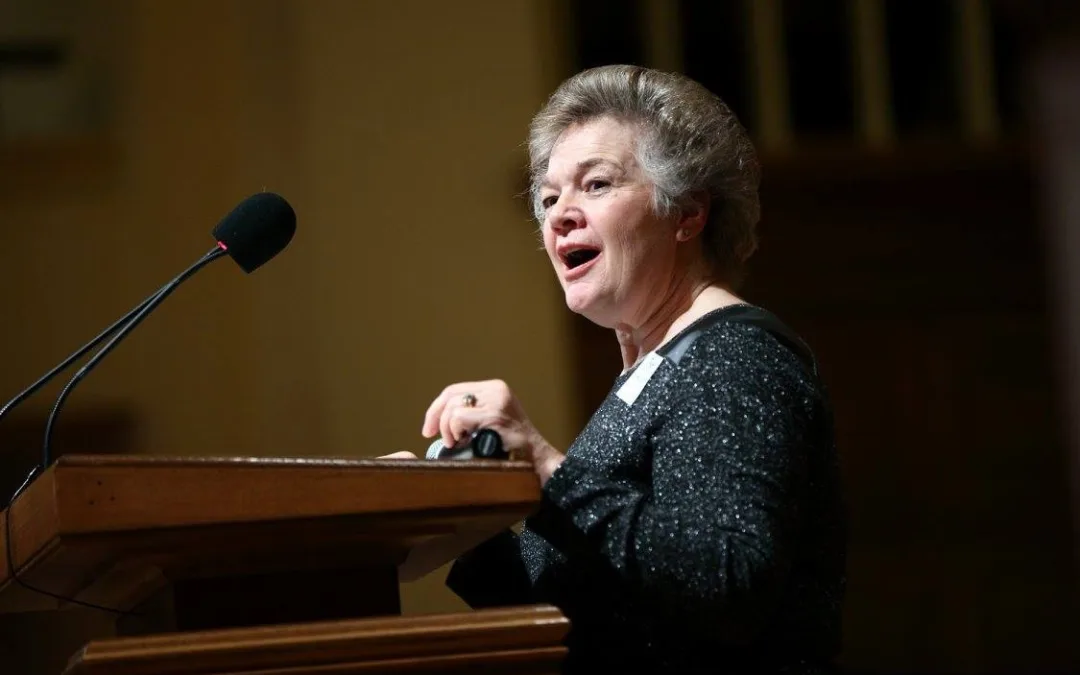
Kalbach: Immediate action needed on corporate ag pollution
Iowa agriculture has undergone substantial changes over the past 40 years. We see it all around us. Rather than crops and livestock being raised on...
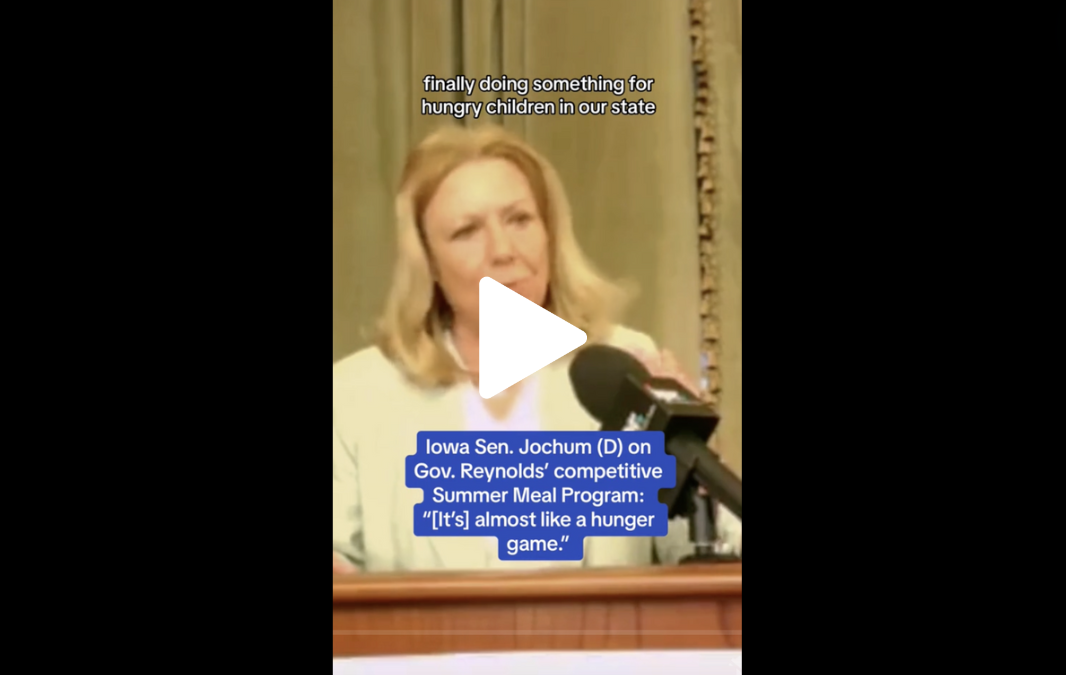
VIDEO: Jochum calls Gov. Reynolds’ summer meal program a ‘hunger game’
Iowa Gov. Reynolds announced a competitive $900,000 grant program to feed Iowa children over the summer, months after she declined $29 million in...



